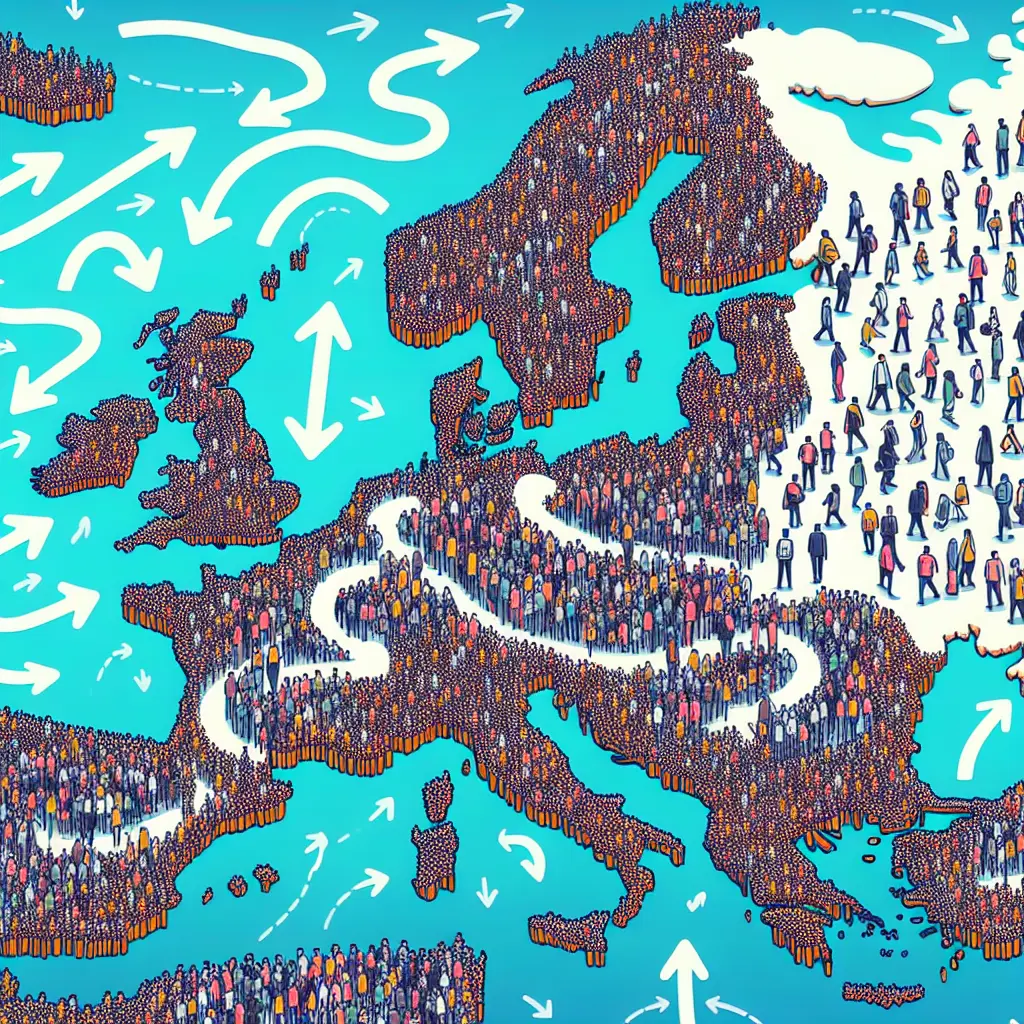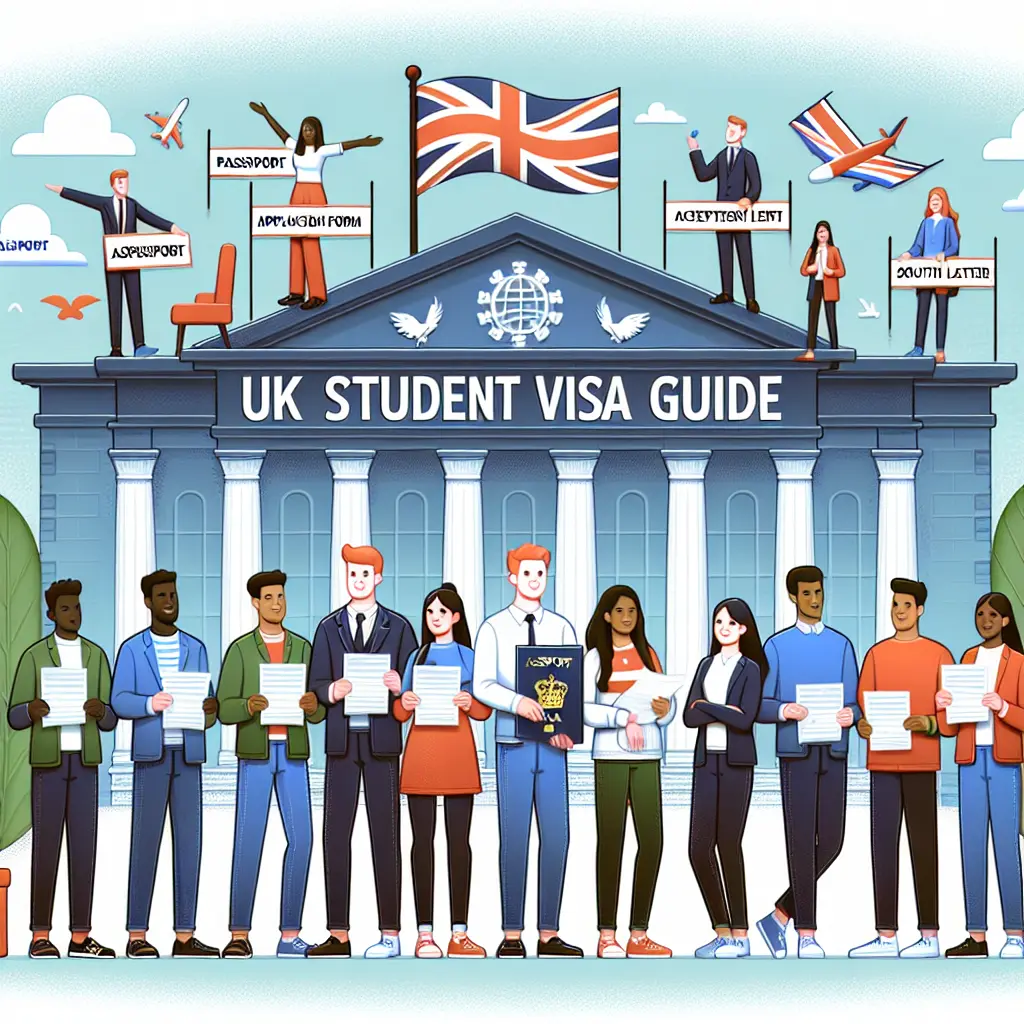In the wake of Brexit, the UK has undergone significant transformations in its immigration landscape, ushering in a new era marked by evolving trends and policies. As the dust settles, the implications of these changes on the UK economy and immigration patterns are becoming increasingly evident. The UK's immigration policy changes post-Brexit have shifted focus towards attracting skilled workers, impacting both the UK labor market and the broader economic landscape. With EU migration to the UK post-Brexit seeing notable shifts, the country is recalibrating its approach towards non-EU immigration, hoping to address the skilled labor shortage that has emerged.
The Brexit immigration statistics underscore a pivotal change, highlighting a decline in EU citizens relocating to the UK while spotlighting a surge in non-EU migrants filling critical roles. These shifts are reshaping the UK job market and immigration dynamics, with businesses adapting to the new visa trends of 2023. As post-Brexit workforce changes unfold, the interplay between UK immigration rules after Brexit and economic growth becomes a focal point for policymakers and businesses alike. The Brexit impact on the UK labor supply reveals a complex tapestry where immigration reforms aim to balance economic needs with societal impacts.
For professionals and enthusiasts keen on understanding these dynamic shifts, exploring how UK immigration reform post-Brexit aligns with business and labor needs is crucial. As we delve deeper into these aspects, we'll uncover how these transitions are redefining the UK’s economic landscape, setting the stage for strategic adaptations and future growth.
UK Immigration Trends Post-Brexit: Navigating the New Landscape
In the wake of Brexit, the United Kingdom's immigration landscape has experienced profound shifts, reshaping both the labor market and broader economic environment. The introduction of new immigration policies has set a different course for how the UK manages its borders and workforce, particularly emphasizing the need for skilled workers from outside the European Union (EU). This section explores these changes, drawing on recent articles and data to provide an insightful look into the current trends and their implications.
A Shift in Focus: From EU to Non-EU Migration
One of the most significant changes in the UK's post-Brexit immigration policy is the strategic pivot towards attracting non-EU skilled workers. The Brexit immigration statistics from recent years highlight a sharp decline in EU citizens moving to the UK. According to data from the UK's Office for National Statistics (ONS), the net migration of EU nationals has decreased substantially since 2020, marking a stark contrast to pre-Brexit levels.
Simultaneously, there has been a notable increase in non-EU immigration, particularly from countries like India, Nigeria, and the Philippines. The UK's points-based immigration system, introduced post-Brexit, prioritizes skilled workers, effectively changing the demographic makeup of new arrivals. This shift aims to address the skilled labor shortage exacerbated by Brexit, with sectors like healthcare and technology witnessing a surge in non-EU professionals filling critical roles.
Economic Effects of UK Immigration: Balancing Growth and Integration
The impact of these immigration trends on the UK economy and labor market is multifaceted. On one hand, the focus on skilled workers is intended to bolster economic growth by filling gaps in high-demand industries. For example, the UK's healthcare sector has benefited from an influx of qualified medical professionals from non-EU countries, helping to alleviate staffing shortages.
UK Visa Trends 2023: Adapting to New Realities
However, this strategy also poses challenges. The reliance on non-EU migrants requires careful integration strategies to ensure social cohesion and address any potential societal impacts. As detailed in a recent article from The Irish Times, balancing economic needs with societal impacts remains a complex task for policymakers.
The visa landscape in 2023 reflects these broader immigration trends. The Skilled Worker Visa has become a crucial tool for attracting talent, with adjustments made to streamline processes and expand eligibility criteria. According to Monevator, these changes have been well-received by businesses facing labor shortages, as they provide greater flexibility in hiring international talent.
Post-Brexit Workforce Changes: Industry Adaptations
Moreover, the introduction of new visa categories, such as the Global Talent Visa and the Health and Care Visa, underscores the UK's commitment to meeting sector-specific needs. These targeted visas are designed to attract top talent in fields like technology and healthcare, sectors critical to the UK's economic resilience and growth.
UK Immigration Reform Post-Brexit: Strategic Implications
The Brexit impact on UK labor supply is evident across various industries. Sectors heavily reliant on EU labor, such as agriculture and hospitality, have faced significant workforce shortages. This has prompted businesses to adapt by investing in automation and seeking alternative recruitment strategies.
For instance, many agricultural businesses have turned to non-EU workers under seasonal worker schemes to fill labor gaps during peak periods. Additionally, there is an increasing trend of leveraging technology and upskilling domestic workers to reduce dependency on foreign labor. These adaptations are essential for maintaining productivity and competitiveness in a rapidly changing market.
Conclusion: Navigating Complex Dynamics
The ongoing reforms in UK immigration policy post-Brexit are not just about addressing immediate labor market needs; they also have long-term strategic implications for the country's economic positioning. By prioritizing skilled workers and diversifying the sources of immigration, the UK aims to create a more resilient and dynamic workforce capable of driving innovation and growth.
However, these reforms must be continuously evaluated and refined to ensure they align with evolving economic priorities and societal values. As highlighted in the recent discussions around immigration policy reported by Monevator, the interplay between immigration rules and economic growth remains a focal point for both policymakers and businesses.






Leave a Comment